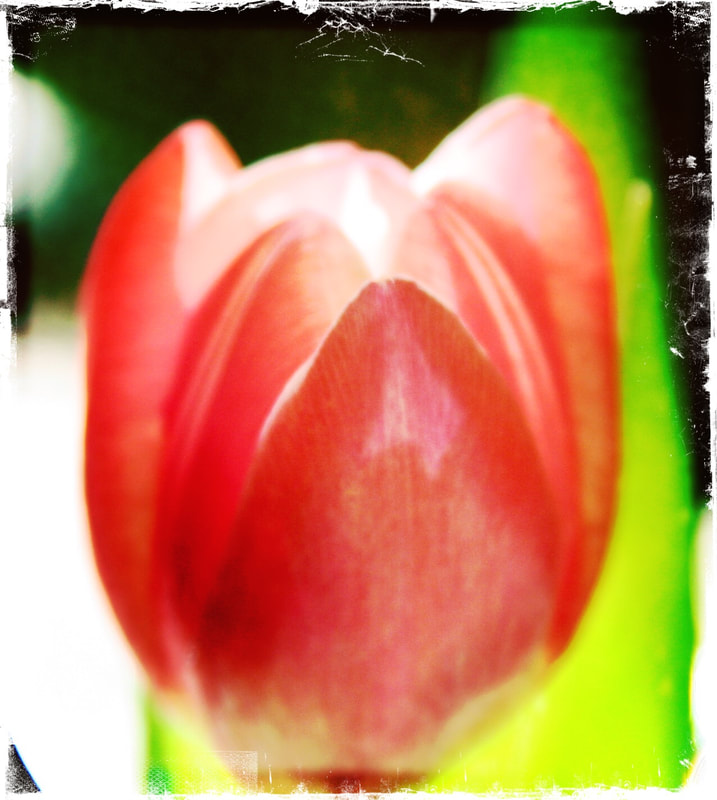ASSAY: A JOURNAL OF NONFICTION STUDIES
5.1
5.1
|
“We might begin with Anne Bradstreet’s famous line: ‘I am obnoxious to each carping tongue/ Who says my hand a needle better fits.’ That sentence establishes a creative tension between pens and needles, hands and tongues, written and non-written forms of female expression, inviting us not only to take oral traditions and material sources more seriously….but also to examine the roots of the written documents we take so much for granted” (Ulrich, “Of Pens…” 202).
“‘Has the pen or pencil dipped so deep in the blood of the human race as the needle?’ asked the writer Olive Schreiner. The answer is, quite simply, no. The art of embroidery has been the means of educating women into the feminine ideal, and of proving that they have attained it, but it has also provided a weapon of resistance to the contraints of femininity” (Parker ix). As a writer of texts that include sewing, and a scholar of historic quilts, I’m invested in understanding how to “read” historic sewn work by women, and how I can use this knowledge to understand sewn-and-written work by women today. In her 1990 essay, “Of Pens and Needles: Sources in Early American Women’s History,” Laurel Thatcher Ulrich describes her process of researching colonial American women, and how difficult it was to find sources of their work. When she approached librarians to ask for help, their response was that Ulrich wouldn’t find anything. Of course, over time, she did, concluding that: “The problem, it seems to me, is not so much a dearth of sources or even the logistical problems in using them as it is the lack of appropriate conceptual frameworks for interpretation” (Ulrich “Of Pens…” 200, 201). She goes on to say that “women were everywhere” and that “Critical use of probate inventories and account books in combination with women’s letters and diaries, newspapers, court records, almanacs, traveler’s narratives, oral traditions, and surviving artifacts” can begin to answer the question of how “female economic life” played a part in colonial history (202). Ulrich used these methods to write several noteworthy books, including The Age of Homespun: Objects and Stories in the Creation of an American Myth (more on this momentarily), and won the Pulitzer Prize the year after this article, “Of Pens and Needles…,” and her book, A Midwife’s Tale, were published. In 1987, Pat Ferrero, Elaine Hedges, and Julie Silber make the same argument for reading women’s textiles as documents of history: “When nineteenth-century women described their quilts as ‘bound volumes of hieroglyphics’ or as their…‘di’ries,’ they were fully aware of what we have recently newly recognized: that their stitched fabrics were often the most eloquent records of their lives. Today we are in the midst of an explosion of interest in women’s history, and historians…are increasingly recognizing the need to turn to other sources…since women, who were often denied education and discouraged from writing, left fewer written records than men” (11). So the writers are in agreement with Ulrich, both writing in the eighties and early nineties, when, as Roszika Parker notes, there was a “financial recession,” as in 2010, when there was another surge of renewed interest in the “hand-made” (Parker xi). I wonder what we are doing with the needle today, and whether we’re reifying old norms or subverting them—or both. I’m working to understand why women writers are more and more often employing sewing in their work, and why so-called “modern” quilting is so popular today, with more than 200 guilds around the country and the world. I’ve written in conference presentations about the “renewed interest” in the handmade, which I would argue began after September 11, and includes Debbie Stoller’s “Stitch n’Bitch” revolution, and subsequently, modern quilters and yarn bombers. Ulrich writes that women writers in the colonial era were not very common, but there were more than the canon would reveal. Ulrich notes an exhibition that featured “five American women poets ‘rarely studied despite their talent,’” including Susanna Wright and Elizabeth Graeme Ferguson, whose names can be added to the two women writers usually acknowledged from this era: Anne Bradstreet and Phillis Wheatley (203-204). However, using the pen was physically awkward—a task to be learned—and uncommon (202). While most women didn’t write, women’s histories can be uncovered through their “stitchery”: “Because far more women were accustomed to using needles than pens, textiles may offer the richest unexplored body of information in early American women’s history. Women’s stitchery, both plain and fancy, offers ways of examining class divisions, education, technology and commerce, family relations, attitudes toward the body, work and leisure, marriage and death” (205). In this way, we can start to consider stitchery as a form of nonfiction, a work of letters separate from poetry. Ulrich cautions that: “Surviving needlework often has the very same biases as letters and diaries and was probably produced by the same relatively small group of women. For every cross-stitched picture of Harvard College thousands of plain shirts and aprons were produced in New England. Although a few survive, most were worn till full of holes, then recycled into dishcloths, pocket, rag coverlets, scrap bags, and lint” (207). Some were even recycled into paper.
|
|
Rachel May, PhD, MFA, is the author of Quilting with a Modern Slant (Storey/Workman), named a Library Journal and Amazon Best Book of 2014, as well as a book of sewn images and short shorts, The Experiments: A Legend in Pictures & Words (Dusie Press, 2015), and a novel in shorts, The Benedictines (Braddock Avenue Books, 2016). She illustrated in thread Women Born with Fur & Out from the Pleiades (Jaded Ibis Press, 2015). A book of creative nonfiction, An American Quilt: Unfolding a Story of Family and Slavery is forthcoming from Pegasus Books, a Norton subsidiary (Dec 2017). Her visual and written work has been published in The Volta, 1913: A Journal of Forms, Michigan Quarterly Review, Indiana Review, Cream City Review, Los Angeles Review of Books, New Delta Review, Meridian, The Literary Review, and many other journals. She's been awarded residencies at The Millay Colony and The Vermont Studio Center.
|

